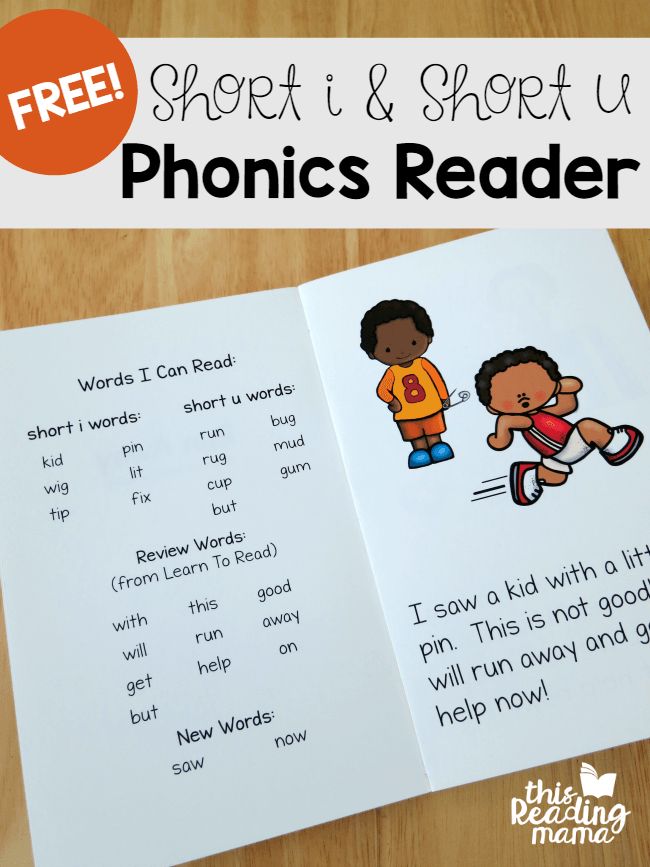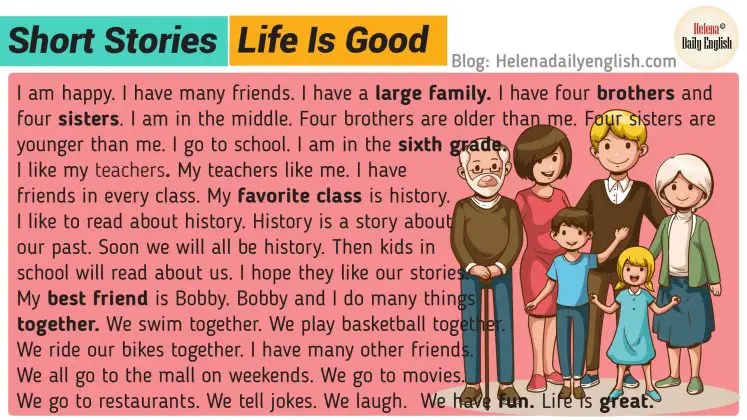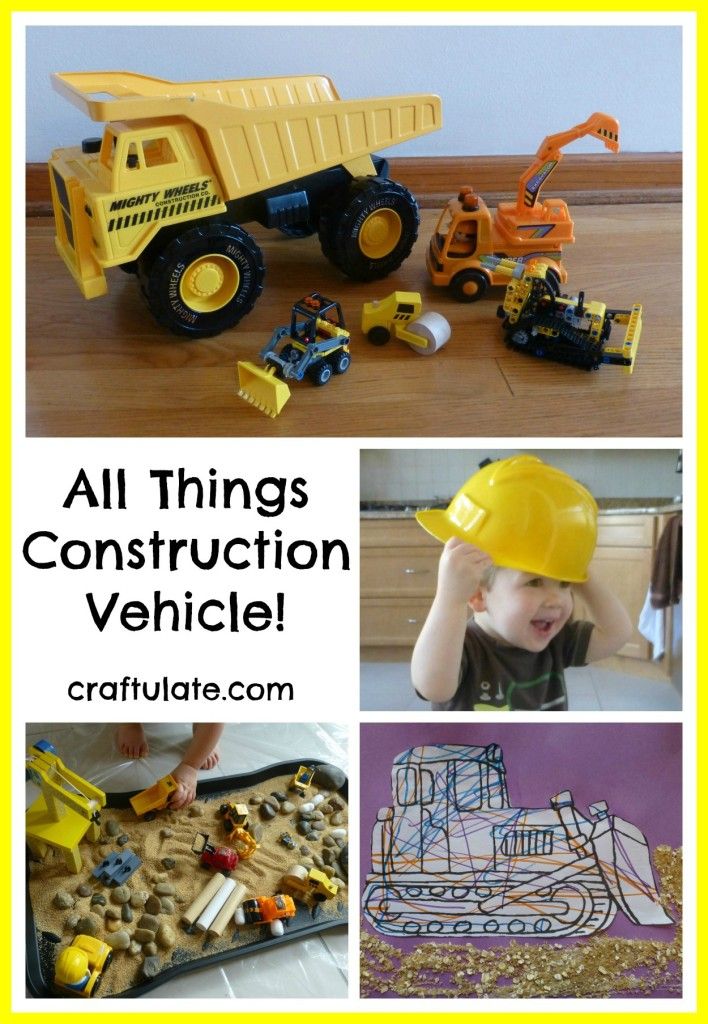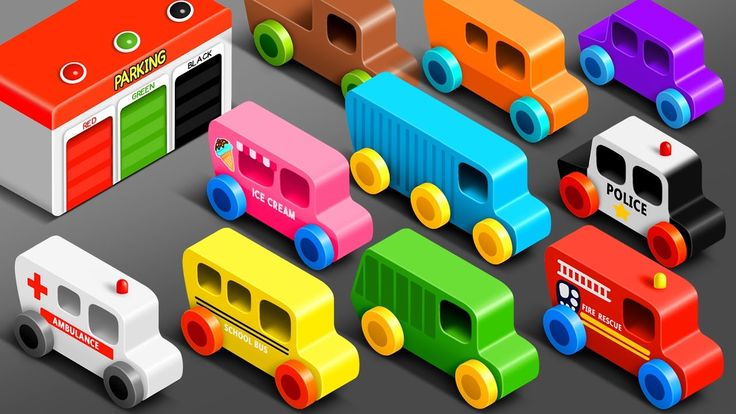List of comprehension skills
Reading Comprehension Skills for English Language Learners
On this page
- Why reading comprehension skills are particularly important for ELLs
- Classroom strategies: Steps for explicitly teaching comprehension skills
- Other ideas
English language learners (ELLs) often have problems mastering science, math, or social studies concepts because they cannot comprehend the textbooks for these subjects. ELLs at all levels of English proficiency, and literacy, will benefit from explicit instruction of comprehension skills along with other skills.
Examples of comprehension skills that can be taught and applied to all reading situations include:
- Summarizing
- Sequencing
- Inferencing
- Comparing and contrasting
- Drawing conclusions
- Self-questioning
- Problem-solving
- Relating background knowledge
- Distinguishing between fact and opinion
- Finding the main idea, important facts, and supporting details
These skills are particularly important for comprehending what is generally known as information reading or expository reading.
Related Resources
For more information, see our related articles and classroom videos:
- Reading Comprehension Strategies for English Language Learners
- Reading 101 for English Language Learners
- Classroom Video Library: ELL Instruction
Why reading comprehension skills are particularly important for ELLs
ELL students will still need a lot of vocabulary development and teaching of comprehension strategies even if they:
- have been mainstreamed after some bilingual instruction;
- are being pulled out for English as a Second Language or Sheltered English instruction; and/or
- have been assessed as English proficient but you know that they still need additional help with language, reading, and writing.
Here is a way of thinking about the support your ELLs will need:
Classroom strategies: Steps for explicitly teaching comprehension skills
The following steps are useful for all students.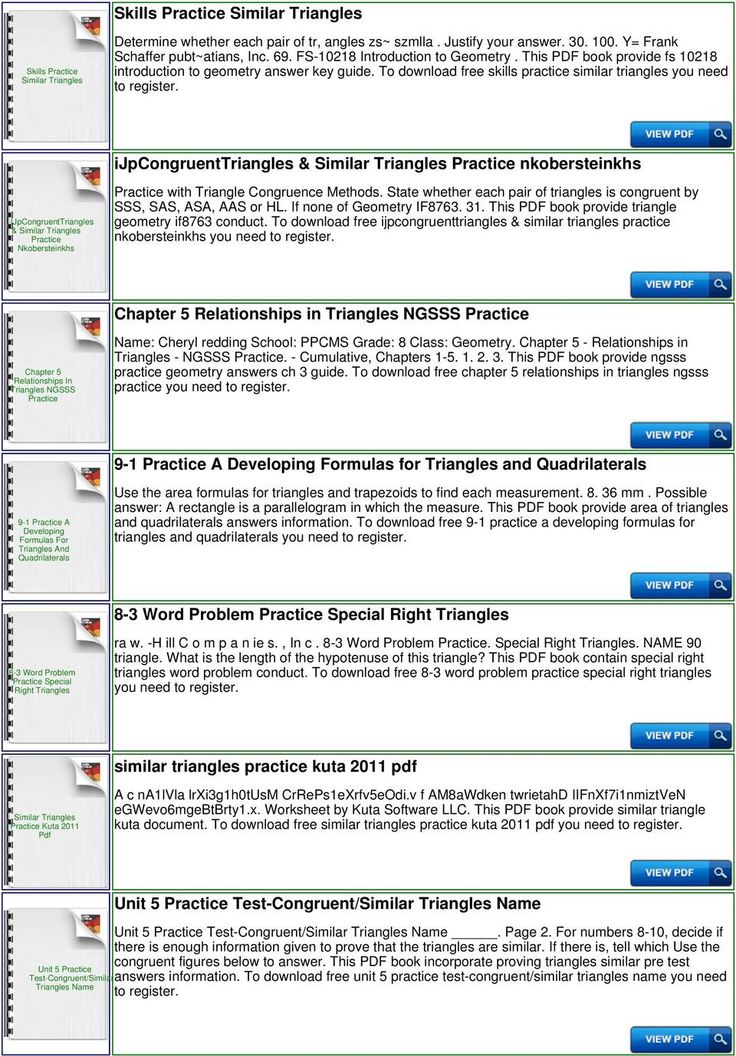 However, these need to be complemented with the additional steps below to ensure comprehension for ELLs.
However, these need to be complemented with the additional steps below to ensure comprehension for ELLs.
- Introduce the comprehension strategy or skill (see above list) through examples. Discuss how, when, where, and why the strategy or skills are used. For example: contrast main idea with details, fact with opinion, good summaries with poor summaries.
- Have students volunteer additional examples to contrast and discuss.
- Label, define, model, and explain the strategy or skill. For example, after listing four facts about a healthy diet and four opinions about what is good to eat, label one list as facts and the other list as opinions.
- Give students opportunities to practice using the strategy with a peer as they apply it to a short, simple paragraph from a science text or any expository text.
- Debrief with the whole class to ask students to share how they applied the strategy or skill.
Additional steps for ELLs
- Identify vocabulary words that you think might be difficult for students to understand when they read the text.
 Write ELL-friendly definitions for each - that is, simple, brief definitions ELLs can easily understand.
Write ELL-friendly definitions for each - that is, simple, brief definitions ELLs can easily understand. - Model think-alouds. For example: verbalize a confusing point or show how you use a strategy to comprehend something. "This sounds very confusing to me. I better read this sentence again."
- Demonstrate fix-up strategies. For example: I need to think about this. Let me rethink what was happening. Maybe I'll reread this. I'll read ahead for a moment.
- Partner ELLs with more dominant English speakers and ask each student to take a turn reading and thinking aloud with short passages.
- After working with partners successfully, ask ELLs to practice independently by using a checklist such as the following. Be sure to explain all the terms and model each.
While I was reading, how did I do?
Skill I used | Not very much | A little bit | Much of the time | All of the time |
|---|---|---|---|---|
Blending |
|
|
|
|
Chunking |
|
|
|
|
Finding meaning of new word |
|
|
|
|
Making mind movies as I read |
|
|
|
|
Rereading |
|
|
|
|
Reading ahead |
|
|
|
|
- Celebrate each ELLs' progress with recognition notes, praise, and/or class applause.

For advanced ELLs
When students' English proficiency and basic reading skills have increased, you can teach the following steps not just to ELLs, but to all students – because everyone will benefit.
- In pairs, have students survey the text and use an idea map to record the main idea and details.
- Ask partners to read the text.
- Have partners restate the main idea and supporting details. At this point, they can add to their idea map or make necessary corrections.
- Then ask students to reread the text and either develop their own questions (pretending to prepare a test for their partner) or write a short summary of what they just read.
- After that, have partners check each other's work.
- Finally, partners can share their questions or summaries with other teams.
Other ideas
For building ELL comprehension
Teach students how to use these tools for informational or expository reading:
- Titles
- Headings
- Bold print
- Captions
- Side bars
- Maps
- Graphs
- Pictures
- Bullets
Ask students to use the following strategies to summarize (orally or in writing):
- Retell what you read, but keep it short.
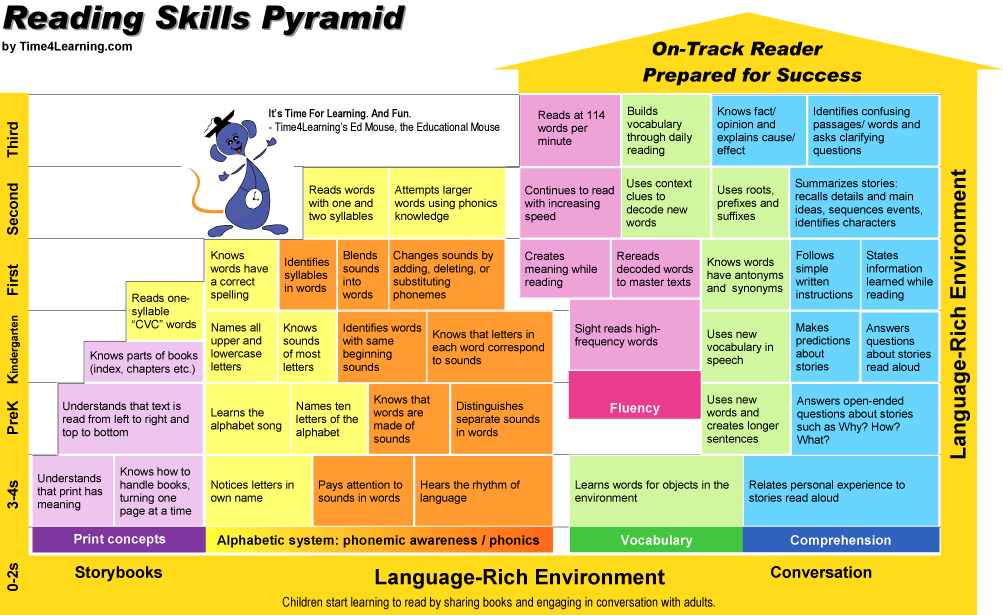
- Include only important information.
- Leave out less important details.
- Use key words from the text.
Questioning ELLs after reading
After the ELLs and/or whole class have completed the reading comprehension activities above, you can anchor or test their comprehension with carefully crafted questions, taking care to use simple sentences and key vocabulary from the text they just read.
These questions can be at the:
- Literal level (Why do the leaves turn red and yellow in the fall?)
- Interpretive level (Why do you think it needs water?)
- Applied level (How much water are you going to give it? Why?)
References
Calderón, M. & L. Minaya-Rowe (2004). Expediting Comprehension for English Language Learners (ExC-ELL): Teachers Manual. Baltimore, MD: Center for Data-Driven Reform in Education, Johns Hopkins University.
Calderón, M. & L. Minaya-Rowe (in press). Teaching Reading, Oral Language and Content to English Language Learners - How ELLs Keep Pace With Mainstream Students.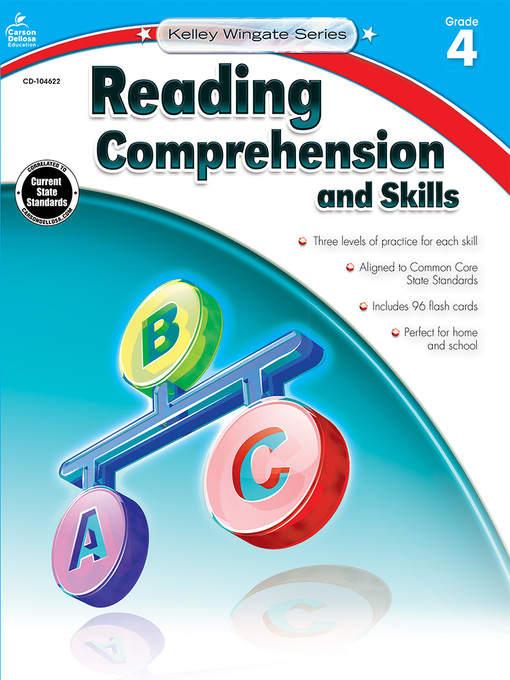 Thousand Oaks, CA: Corwin Press.
Thousand Oaks, CA: Corwin Press.
Echevarria, J., Vogt, M. E., & Short, D. J. (2000). Making content comprehensible for English language learners: The SIOP model. Needham Heights, MA: Allyn & Bacon.
Reprints
You are welcome to print copies or republish materials for non-commercial use as long as credit is given to Colorín Colorado and the author(s). For commercial use, please contact [email protected].
Major support provided by our founding partner, the American Federation of Teachers, AFL-CIO.
With generous support provided by the National Education Association.
ADVERTISEMENT
Most Popular
Language Objectives: The Key to Effective Content Area Instruction for English Learners
8 Strategies for Building Relationships with ELLs
Supporting ELLs in the Mainstream Classroom: 12 Strategies for Language Instruction
Using Cognates to Develop Comprehension in English
Tweets by @ColorinColorado
6 Reading Comprehension Skills | Understood
Some people think of the act of reading as a straightforward task that’s easy to master.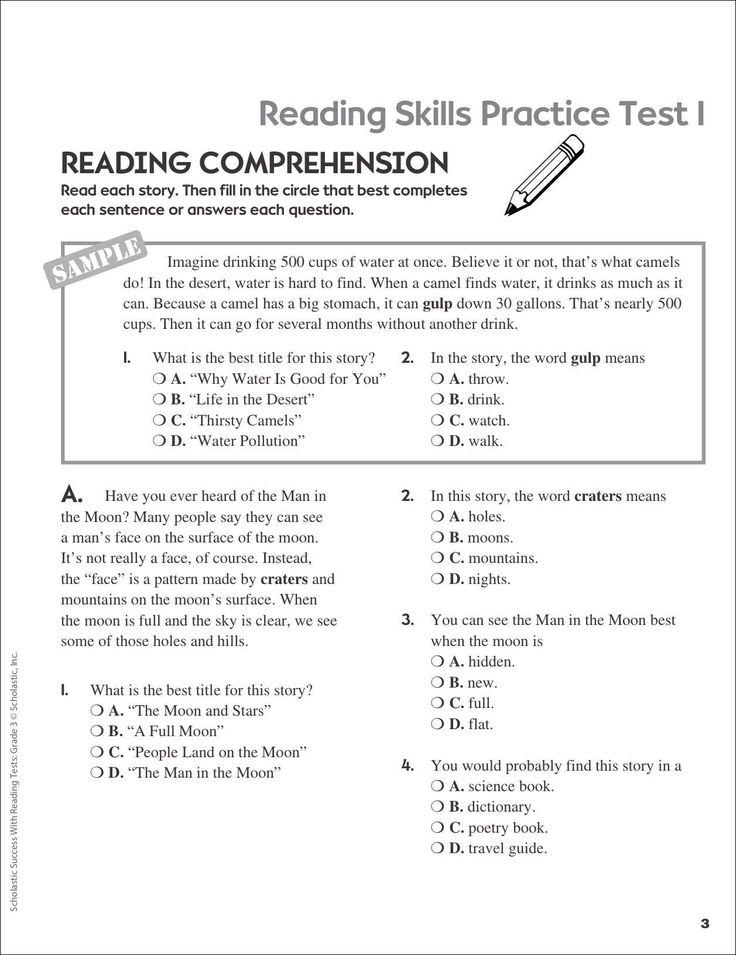 In reality, reading is a complex process that draws on many different skills. Together, these skills lead to the ultimate goal of reading: reading comprehension, or understanding what’s been read.
In reality, reading is a complex process that draws on many different skills. Together, these skills lead to the ultimate goal of reading: reading comprehension, or understanding what’s been read.
Reading comprehension can be challenging for lots of reasons. Whatever the cause, knowing the skills involved, and which ones your child struggles with, can help you get the right support.
Here are six essential skills needed for , and tips on what can help kids improve this skill.
1. Decoding
Decoding is a vital step in the reading process. Kids use this skill to sound out words they’ve heard before but haven’t seen written out. The ability to do that is the foundation for other reading skills.
Decoding relies on an early language skill called phonemic awareness. (This skill is part of an even broader skill called phonological awareness.) Phonemic awareness lets kids hear individual sounds in words (known as phonemes). It also allows them to “play” with sounds at the word and syllable level.
Decoding also relies on connecting individual sounds to letters. For instance, to read the word sun, kids must know that the letter s makes the /s/ sound. Grasping the connection between a letter (or group of letters) and the sounds they typically make is an important step toward “sounding out” words.
What can help: Most kids pick up the broad skill of phonological awareness naturally, by being exposed to books, songs, and rhymes. But some kids don’t. In fact, one of the early signs of reading difficulties is trouble with rhyming, counting syllables, or identifying the first sound in a word.
The best way to help kids with these skills is through specific instruction and practice. Kids have to be taught how to identify and work with sounds. You can also build phonological awareness at home through activities like word games and reading to your child.
2. Fluency
To read fluently, kids need to instantly recognize words, including words they can’t sound out. Fluency speeds up the rate at which they can read and understand text. It’s also important when kids encounter irregular words, like of and the, which can’t be sounded out.
Fluency speeds up the rate at which they can read and understand text. It’s also important when kids encounter irregular words, like of and the, which can’t be sounded out.
Sounding out or decoding every word can take a lot of effort. Word recognition is the ability to recognize whole words instantly by sight, without sounding them out.
When kids can read quickly and without making too many errors, they are “fluent” readers.
Fluent readers read smoothly at a good pace. They group words together to help with meaning, and they use the proper tone in their voice when reading aloud. Reading fluency is essential for good reading comprehension.
What can help: Word recognition can be a big obstacle for struggling readers. Average readers need to see a word four to 14 times before it becomes a “sight word” they automatically recognize. Kids with dyslexia, for instance, may need to see it up to 40 times.
Lots of kids struggle with reading fluency.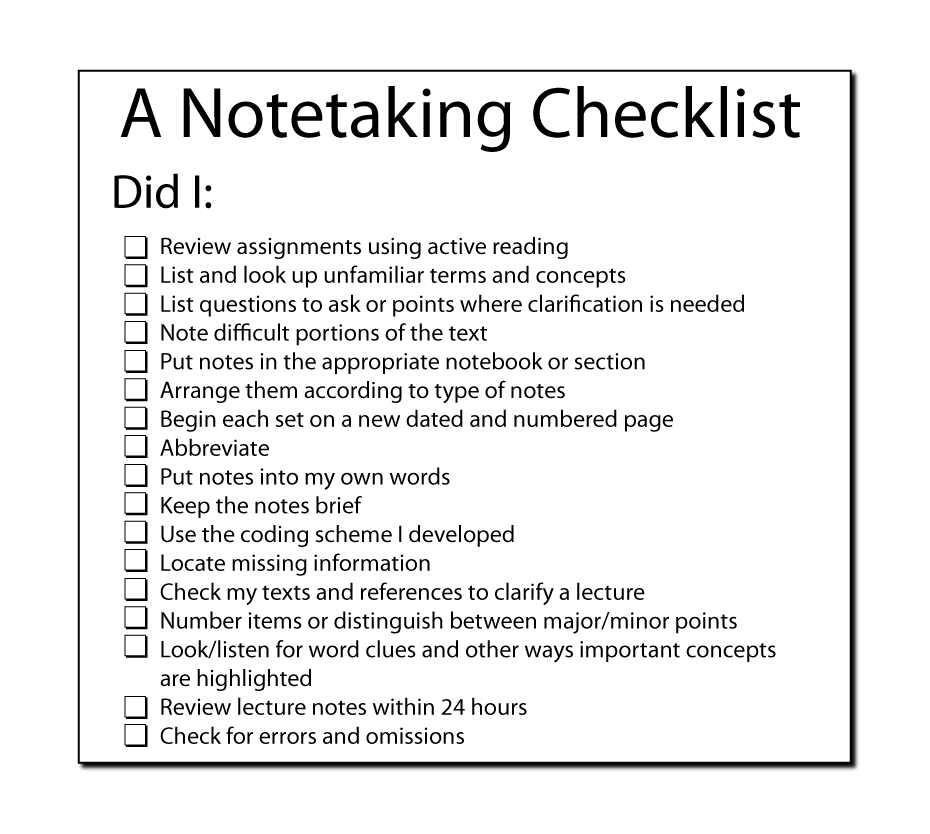 As with other reading skills, kids need lots of specific instruction and practice to improve word recognition.
As with other reading skills, kids need lots of specific instruction and practice to improve word recognition.
The main way to help build fluency is through practice reading books. It’s important to pick out books that are at the right level of difficulty for kids.
3. Vocabulary
To understand what you’re reading, you need to understand most of the words in the text. Having a strong vocabulary is a key component of reading comprehension. Students can learn vocabulary through instruction. But they typically learn the meaning of words through everyday experience and also by reading.
What can help: The more words kids are exposed to, the richer their vocabulary becomes. You can help build your child’s vocabulary by having frequent conversations on a variety of topics. Try to include new words and ideas. Telling jokes and playing word games is a fun way to build this skill.
Reading together every day also helps improve vocabulary. When reading aloud, stop at new words and define them. But also encourage your child to read alone. Even without hearing a definition of a new word, your child can use context to help figure it out.
But also encourage your child to read alone. Even without hearing a definition of a new word, your child can use context to help figure it out.
Teachers can help, too. They can carefully choose interesting words to teach and then give explicit instruction (instruction that is specialized and direct). They can engage students in conversation. And they can make learning vocabulary fun by playing word games in class.
For more ideas, watch as an expert explains how to help struggling readers build their vocabulary.
4. Sentence construction and cohesion
Understanding how sentences are built might seem like a writing skill. So might connecting ideas within and between sentences, which is called cohesion. But these skills are important for reading comprehension as well.
Knowing how ideas link up at the sentence level helps kids get meaning from passages and entire texts. It also leads to something called coherence, or the ability to connect ideas to other ideas in an overall piece of writing.
What can help: Explicit instruction can teach kids the basics of sentence construction. For example, teachers can work with students on connecting two or more thoughts, through both writing and reading.
5. Reasoning and background knowledge
Most readers relate what they’ve read to what they know. So it’s important for kids to have background or prior knowledge about the world when they read. They also need to be able to “read between the lines” and pull out meaning even when it’s not literally spelled out.
Take this example: A child is reading a story about a poor family in the 1930s. Having knowledge about the Great Depression can provide insight into what’s happening in the story. The child can use that background knowledge to make inferences and draw conclusions.
What can help: Your child can build knowledge through reading, conversations, movies and TV shows, and art. Life experience and hands-on activities also build knowledge.
Expose your child to as much as possible, and talk about what you’ve learned from experiences you’ve had together and separately.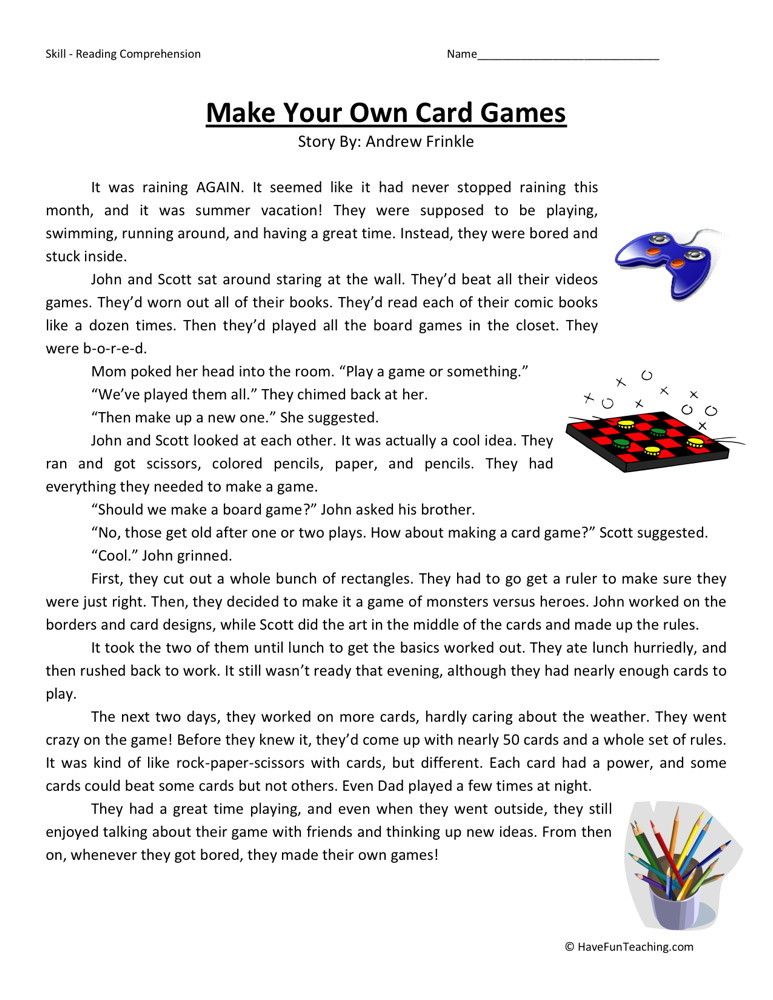 Help your child make connections between new knowledge and existing knowledge. And ask open-ended questions that require thinking and explanations.
Help your child make connections between new knowledge and existing knowledge. And ask open-ended questions that require thinking and explanations.
You can also read a teacher tip on using animated videos to help your child make inferences.
6. Working memory and attention
These two skills are both part of a group of abilities known as executive function. They’re different but closely related.
When kids read, attention allows them to take in information from the text. Working memory allows them to hold on to that information and use it to gain meaning and build knowledge from what they’re reading.
The ability to self-monitor while reading is also tied to that. Kids need to be able to recognize when they don’t understand something. Then they need to stop, go back, and re-read to clear up any confusion they may have.
What can help: There are many ways you can help improve your child’s working memory. Skillbuilders don’t have to feel like work, either. There are a number of games and everyday activities that can build working memory without kids even knowing it.
There are a number of games and everyday activities that can build working memory without kids even knowing it.
To help increase your child’s attention, look for reading material that’s interesting or motivating. For example, some kids may like graphic novels. Encourage your child to stop and re-read when something isn’t clear. And demonstrate how you “think aloud” when you read to make sure what you’re reading makes sense.
More ways to help with reading comprehension
When kids struggle with one or more of these skills, they can have trouble fully understanding what they read. Find out how to tell if your child has difficulty with reading comprehension.
Learn about what can cause trouble with reading in kids. Keep in mind that having reading difficulties doesn’t mean a child isn’t smart. But some kids need extra support and encouragement to make progress.
Key takeaways
Decoding, fluency, and vocabulary skills are key to reading comprehension.

Being able to connect ideas within and between sentences helps kids understand the whole text.
Reading aloud and talking about experiences can help kids build reading skills.
Related topics
Reading and writing
10 “soft” skills important for a career — Work.ua
“Hard” and “soft” skills — which are more important for a career in the 21st century and how to develop them.
In a professional environment, it is customary to distinguish 2 types of skills:
- Hard skills (“hard” skills) are professional, technical skills that can be clearly demonstrated. For example, touch typing skill, driving a car, knowledge of a programming language, etc.
- Soft skills ("flexible" or "soft" skills) - skills, the manifestation of which is difficult to track, test and demonstrate. This group includes communication and management skills.
In the 21st century, the contribution of hard skills to the professional success of an employee is only 15%, while soft skills determine the remaining 85% - these are the results of a study by Harvard University and the Stanford Research Institute.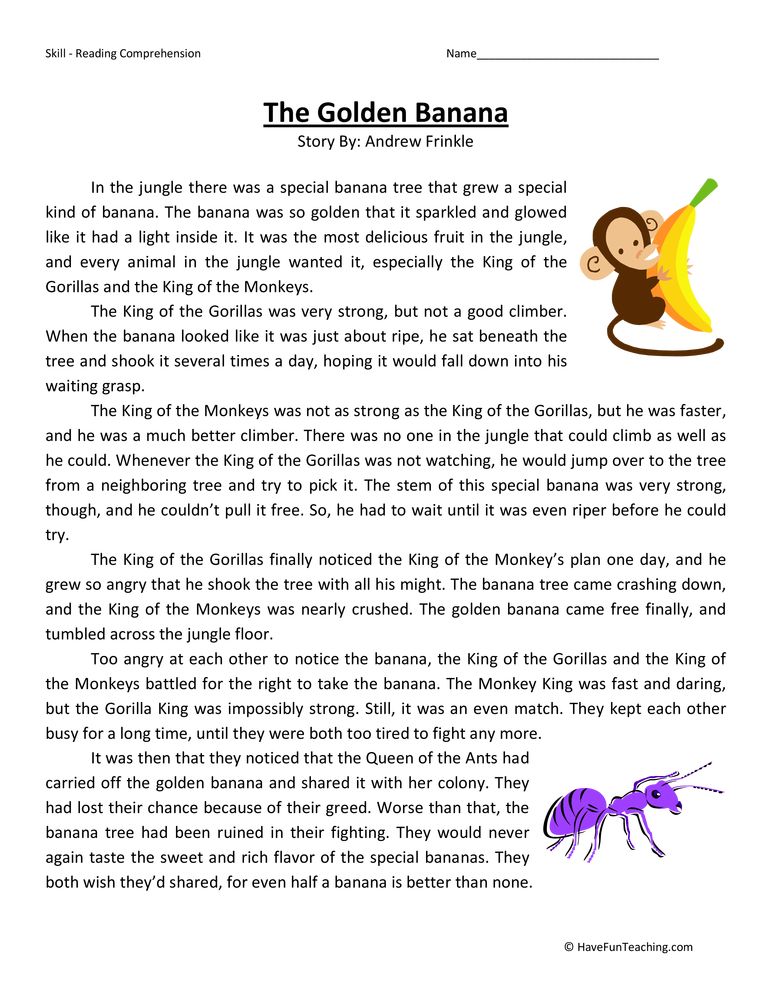
Managers are committed to hiring, retaining and promoting employees with high levels of soft skills development. The top 10 key ones are named by Work.ua.
1. Communication skills
The ability to present oneself, an idea, a project and to be an interesting interlocutor is extremely important today. If you have a brilliant idea, but you do not know how to present it, then you are unlikely to find funding or a support group to implement it. Use every opportunity to develop these skills in yourself: meet new people, expand your horizons and very soon you will be able to find a common language with anyone.
2. Analytical and critical thinking
The ability to ask questions, prove facts, think outside the box is still lacking, especially for young professionals. A good way to develop these skills: announce an internal competition for the most economical, fastest, or some other “best” solution in ordinary life situations.
3. Listening skills
It is important not only to know how to be a good listener, but also to be able to hear what is being said to you.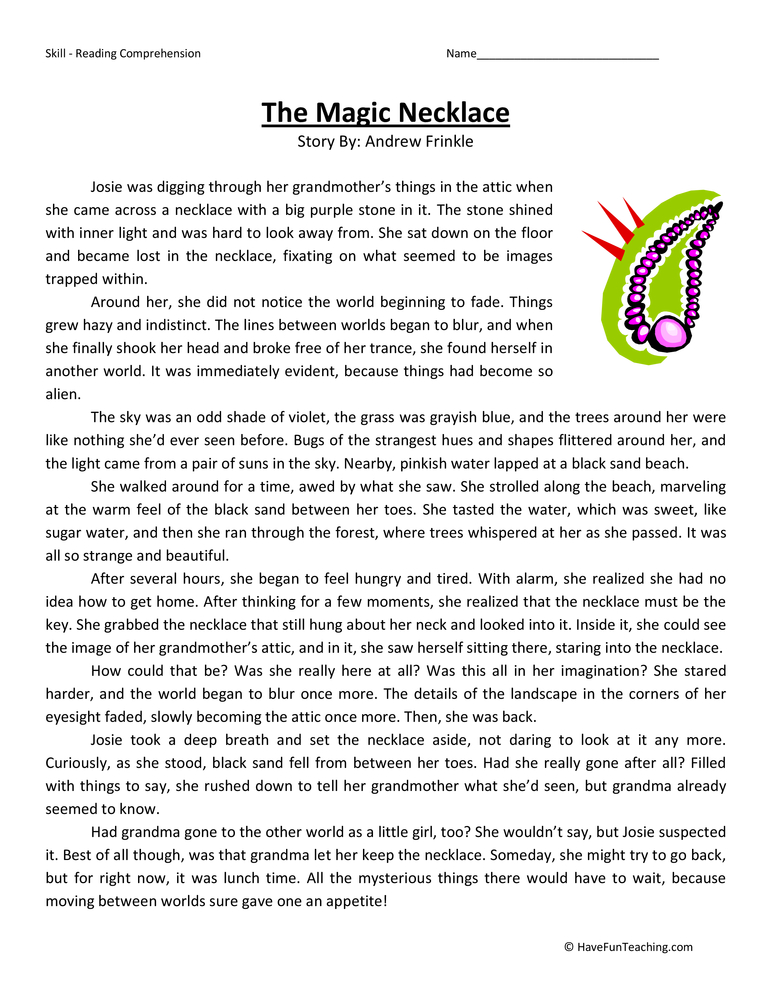 Learn to listen, accept someone else's point of view and admit that you are wrong. For many this is very difficult. And in team work, without this skill, nowhere.
Learn to listen, accept someone else's point of view and admit that you are wrong. For many this is very difficult. And in team work, without this skill, nowhere.
4. Ability to work in a team
Each team has a leader, a leading player and several performers. It is very important to understand your role and strictly play it. At first glance, this is very simple, but when it comes down to it, everyone wants to show their best side, that they would be the best leader, and in every possible way tries to poke the appointed captain.
5. The ability to set and achieve goals
This skill is very important for every person. Without a goal, it is impossible to achieve any result. A clearly set goal is already 50% of success, the remaining 50% is perseverance, hard work and positive thinking.
6. Active life position and positive emotional attitude
Without this skill, it will be hard both in your career and in life. After all, it is hard to fall asleep at night, constantly thinking only about a bad result. Always wish the best for people, think positively, and then you will succeed.
Always wish the best for people, think positively, and then you will succeed.
7. The ability to resolve conflicts
Mediators who become a third party in the conflict and try to resolve it are now very popular. Being your own mediator is a skill that will help you avoid destructive disputes, smooth out sharp corners and adequately respond to criticism. Again, this skill needs to be cultivated in oneself through lengthy training.
8. Ability to be inspired by new ideas
Often a leader ignites with enthusiasm, gives directions and organizes people. Therefore, the mastermind is often the leader. But do not think that people are born with leadership qualities, leadership is possible, and now it is necessary to educate.
9. Ability to take responsibility
Taking on more responsibility, working harder than anyone else, constantly learning and striving to fulfill your responsibilities by 120% - in this case, career growth will not be long in coming.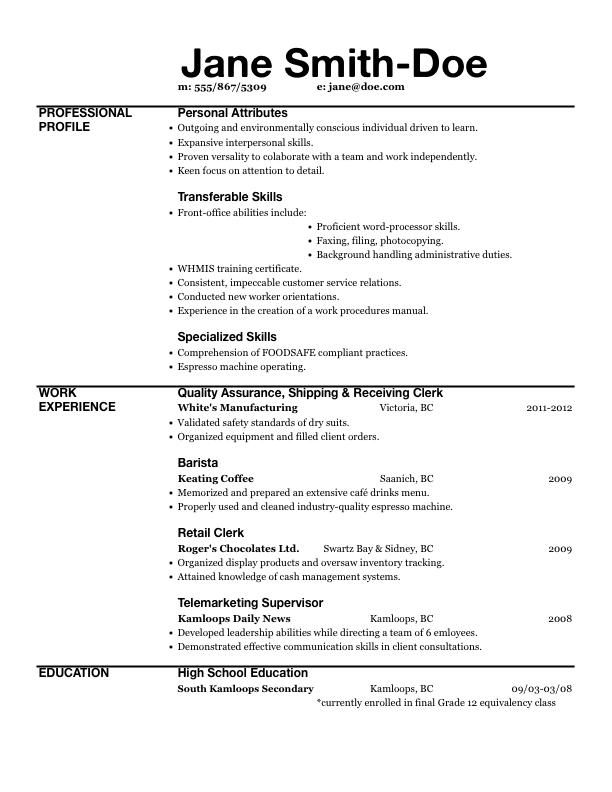
10. Self-organization and self-discipline
The habits of ultra-organized people are brought up by parents, educators, and then by you personally. They rarely appear on their own. It is not easy to become highly organized, but the fruits that the competent distribution of time and effort brings are always tangible.
In the modern world of information, the possession of some kind of knowledge in itself is static, because they quickly become obsolete. It is much more important to be able to get the necessary information at the right time. You will be able to adequately respond to this tough market requirement by mastering “soft” skills, which is what Work.ua wants you to do.
Follow us on Telegram
You must be logged in to leave a comment.
Top 10 Skills People Want to Learn in 2022 according to SkillUp your Life
You are reading The Top 10 Skills People Want to Learn in 2019 and How to Learn Them by Danny Forest.
The translation was made by: Olga Zholudova and Rinat Shaikhutdinov.
In previous articles, I talked about the 3 most important skills and 8 ever-relevant skills you need to master to be successful in 2019.
In this article, I'm going to talk about the top skills that, according to the SkillUp your Life survey, most people want to master. I have broken down each skill into several sub-skills that will be easier to master, plus I have picked up useful resources.
Skip skills you are not interested in. Bookmark this article so you can come back to it in the future.
Interested in the latest articles on product design (UX/UI)? 🚀
Subscribe to the channel Telegram | In contact with, instagram, Facebook
In Appendices A and B, I've put together unique tips for any of these 10 skills.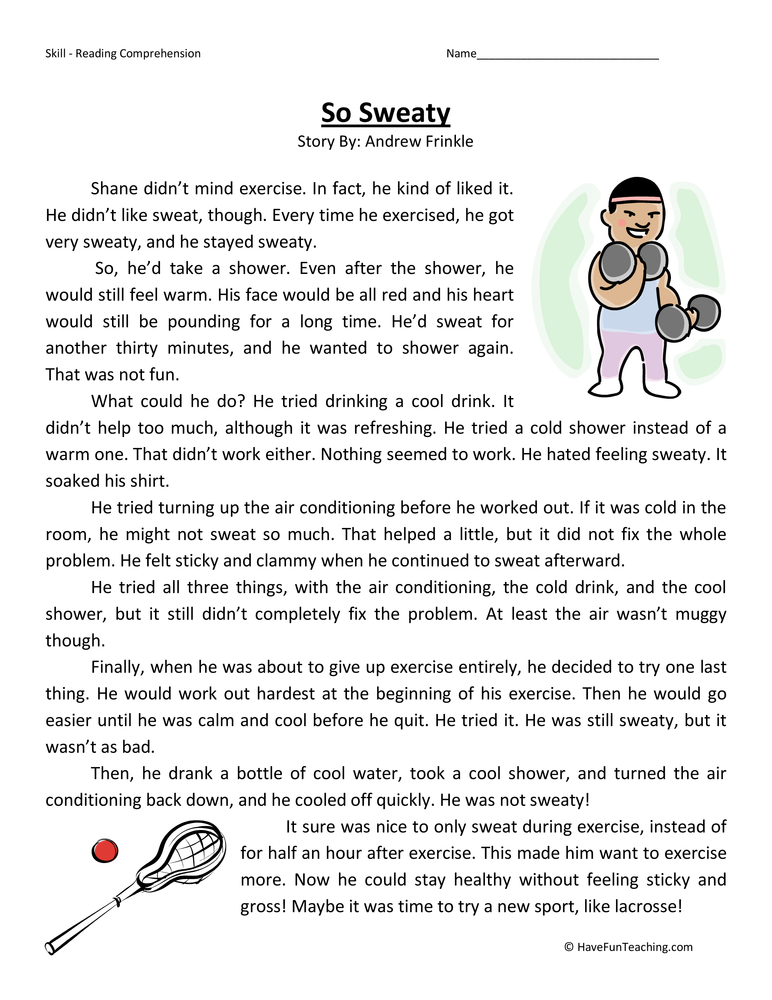
#10. Draw Photo by: rawpixel on Unsplash
My definition: Be able to illustrate an idea.
Drawing is an art that takes many years to master in order to achieve perfection. Fortunately, this is a very broad skill that can be easily broken down into “sub-skills”. Each small sub-skill can be mastered fairly quickly.
Subskills:
- sketching techniques (paper or software)
- line art (paper or software)
- color matching techniques (paper or software)
- using tools (Photoshop, Illustrator) 9009 how to hold a pencil correctly
- how to control line weight
- faces, people, creatures, objects, landscapes
- shadow techniques
- realistic, cartoonish, caricature style
- technical drawing (architecture, electrical engineering, engineering, scientific fields, etc.)
- and more!
My story about drawing
Drawing was the first skill I decided to learn using the SkillUp method. And I was always sure that it was drawing that I could not master, so I wanted to prove to myself that this was not so. And I proved.
And I was always sure that it was drawing that I could not master, so I wanted to prove to myself that this was not so. And I proved.
I practiced for 30 minutes every day for a month, mostly on YouTube. I learned sketching, hatching and color matching in Photoshop.
The results exceeded my expectations.
How to learn to draw?
Since drawing is a very broad skill, I recommend learning the basics of any sub-skill (from the list) to start with 5 hours of practice (30 minutes per day). You'll be surprised how quickly you can master most sub-skills if you don't skip classes and have good learning materials.
Resources
Freebies
- Youtube.com
- Entering in a search engine: “how to
” or “how to quickly learn ”
* I don't link to specific lessons because things change very quickly and it's also a matter of taste.
#9. Be more productive
My definition: Make the most of 24 hours of each day.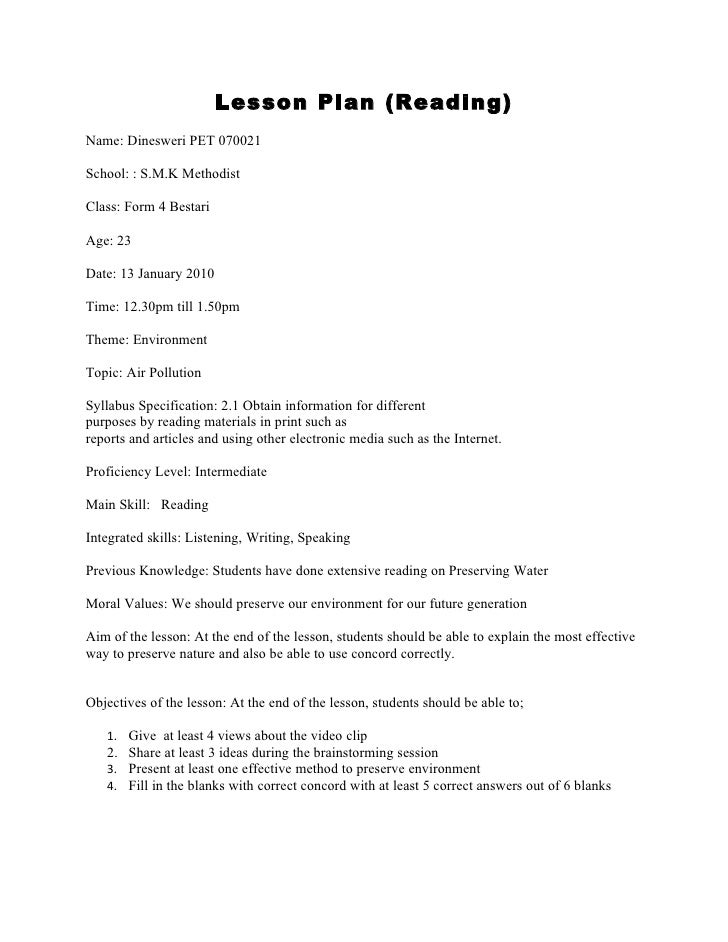
This is a rather ambiguous skill, since productivity itself is a rather abstract concept. The key progress metric here is time saved, as well as the quality and quantity of results achieved.
Being more productive is not about work. This is about activities that are important to you: time with family, meeting friends, work, entertainment.
Cunning
- clearly define your passion/mission
- clearly indicate your values
- to set up personal growth
- Develop introspection
- Concentrate
- to reach the “infinity effect”
- Create Smart goals
- really understand the principle of Pareto (rule 80/20)
- use the Eisenhower matrix
- Plan career
- Master time management
- Learn
- to have a KPI
- Make maximum mouse speed/trackpad
- to print it for a computer or more quickly. phone
- and much more!
My Productivity Story
After 13 years of professional software development, I have acquired a number of skills that have made me more productive on a computer than most people.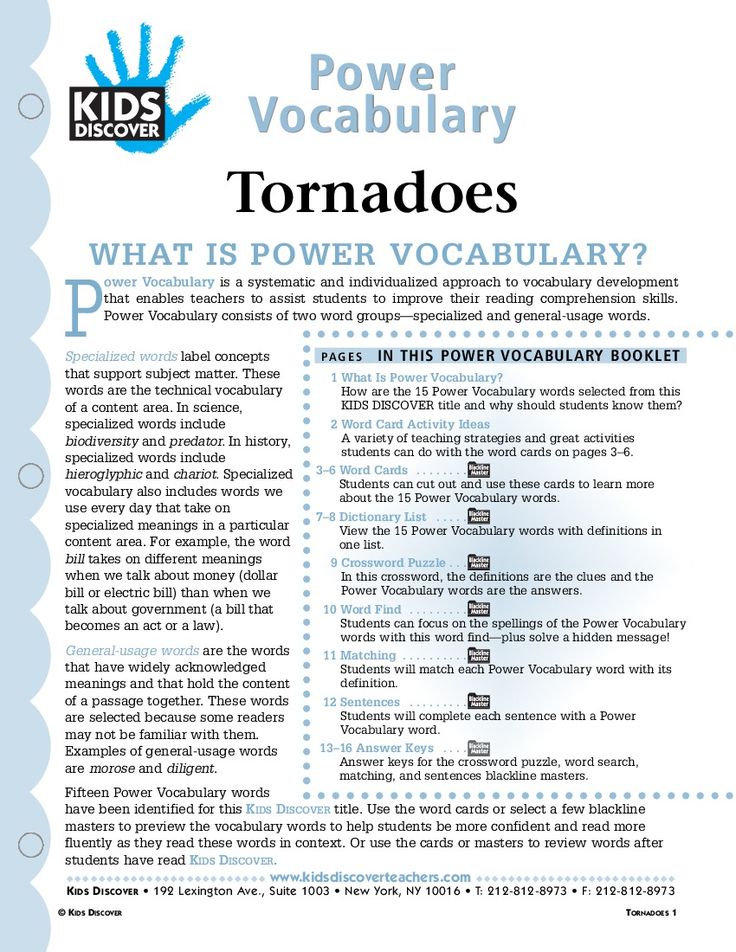
Years later, when I immersed myself in introspection, I realized that I had these skills and began to use them even more actively. That's when I decided to start writing on Medium. My first article was dedicated specifically to productivity tips.
How to learn to be productive?
I suggest starting with those sub-skills that will help develop introspection. Learn to identify your values / passions / goals, take a course on personal growth, master the Eisenhower matrix. Why is it important? An excellent answer to this is given by Peter Drucker:
“There is nothing more useless than doing a job effectively that shouldn't be done at all” - Peter Drucker
Looking back, this is the best advice.
Next, make sure you understand the Pareto principle and start applying it in all areas of your life. Also, learn to set SMART goals.
Now that you have the basic skills to speed up your productivity, you can get down to specifics.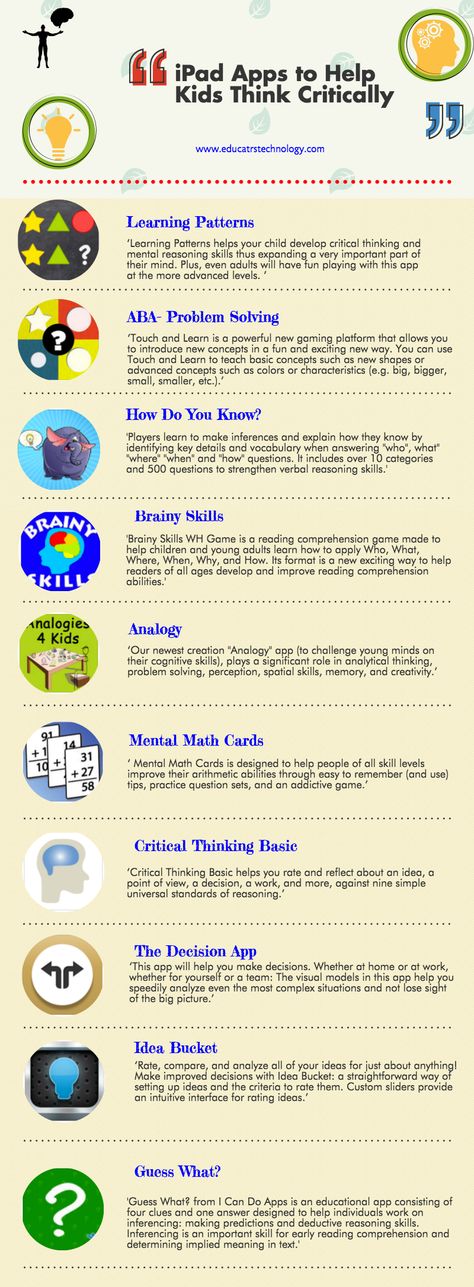
If you use your computer often:
- Learn how to use your mouse/trackpad at maximum speed
- Learn how to quickly touch type
- Learn the key hotkeys in your operating system, as well as in programs that you often use.
At first it will seem that you are working even more slowly, but in just a week you will get into the rhythm. Thanks to these skills alone, I work on a computer 2-3 times faster than 90% of people. It is worth investing time and effort into this.
Resources
#8. Play guitar Photo by Jefferson Santos on Unsplash
My definition: Learn to play a musical instrument.
The most popular instrument that SkillUp your Life members want to learn to play is the guitar. You can sing so many songs with the guitar! And isn't it cool to take and play at family gatherings or in the company of friends? And there is such a variety of guitars that finding the right instrument is not difficult.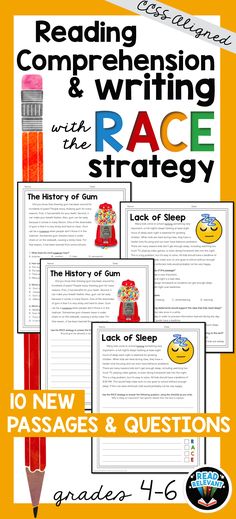
In addition, once you learn to play the guitar, you can quickly master most stringed instruments.
Cunning
- Terminology
- Types of guitars
- Styles of the game on guitar
- How to read notes
- How to keep a guitar
- How to put and move fingers
- main types of guitar combat
- 4 of the most popular chord
- Play one song
- Play one style
- And much more!
My guitar story
Oh my god, it's too embarrassing to tell...
I've wanted to learn the guitar for years. To be honest, I've had two guitars in my life. One even still lies somewhere in Colombia. I never had the patience to learn how to play. When I was younger, I tried to learn guitar on my own, but back then there weren't as many learning resources as there are now. I had to either hire a teacher or work hard on my own by downloading chords over a super slow internet connection.
When I met my future wife at the age of 17, it seemed to me that the guitar made me cooler.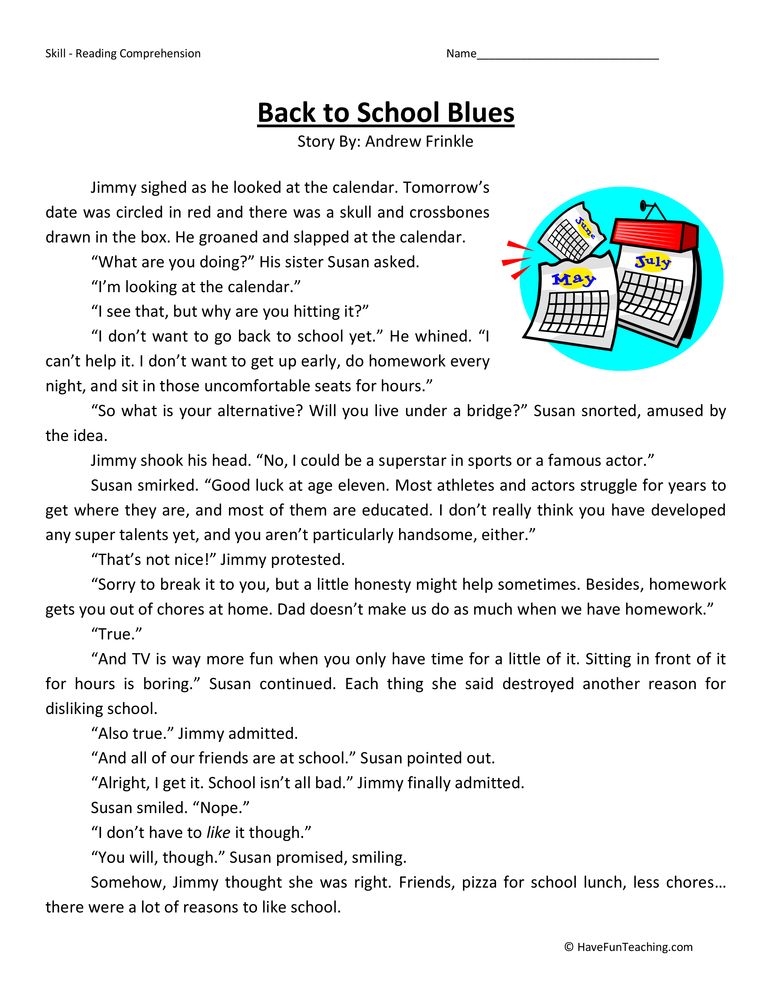 Of course, I couldn't play, but she didn't know that - so I was still "cool" 🙂
Of course, I couldn't play, but she didn't know that - so I was still "cool" 🙂
How to learn to play the guitar?
Since I never learned to play the guitar, I wrote this section based on research and my observations. If there are pros among the readers, please correct me in the comments!
Actually, I would start by mastering the basic sub-skills that I listed above, in order.
I would spend a maximum of a week on theory (the first 4 subskills): this is enough to remember everything you need (apps like Anki help a lot). At the same time, I would easily go over the basics of guitar handling: how to hold the instrument and how to move the fingers.
In the next week, I would be working on these skills and also learning the 4 most popular chords and basic fighting techniques.
Next, I would try to hone what I learned earlier as well as possible. I would start looking for songs under 4 chords I know. Most likely, I would not immerse myself in the notes yet - I would just watch the video and use the tablature.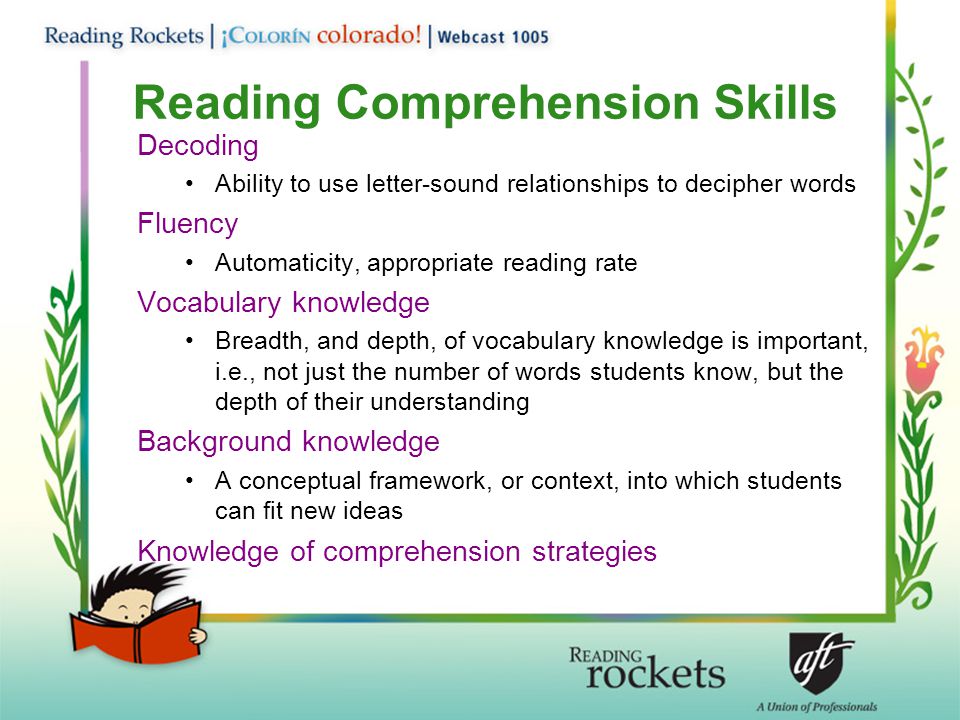
After that, I would gradually start learning different songs. Video: Reading music sheet for guitar : 5 Essential Strumming Patterns
Lessons
- Terminology
- Formation
- Rule of third
- Composition
- How to read a histogram
- Types of cameras
- Understanding of the basic principles: excerpt, diaphragm, light sensitivity
- 9000 9000 9000 9000 9000 9000 9000 9000 9000 (includes many sub-skills)
- Product photography (includes many sub-skills)
- Photography of moving objects (includes many sub-skills)
- Macro photography
- Long exposure photography
- Photo processing in Camera Raw
- Photo processing in Photoshop
- Photo processing in Lightroom
- and much more!
My story about photography
Before, I wasn't interested in photography at all. A more or less high-quality camera first appeared to me when I bought the iPhone 6. I started shooting and experimenting with processing through different applications. The process captured me.
A more or less high-quality camera first appeared to me when I bought the iPhone 6. I started shooting and experimenting with processing through different applications. The process captured me.
Going on a trip to Iceland, I decided to improve my skills in order to bring worthy pictures from the trip. I spent quite a bit of time researching the issue - and the result was not long in coming: I started shooting quite well.
Then I traveled the world for a year. On that trip, I took about 15,000 photographs. I was already doing great - people even thought that I was a photographer. Therefore, in India, I decided to buy my first DSLR and continued my journey with it. Learned a lot of new things!
I later commissioned several Sundara events and the opening of a new WeWork branch in Bangalore, India.
I am currently learning portrait photography and will be training with these beautiful models: Carla Diaz, Diana Jabba, and Kevin Nguyen.
How to learn to photograph?
To begin with, I advise you to master the rule of thirds: these will be the very 20% of efforts that will give 80% of the result. The rule of thirds can be mastered in 5 minutes, and the pictures will immediately become at least twice as good.
The rule of thirds can be mastered in 5 minutes, and the pictures will immediately become at least twice as good.
The rule of thirds is one of many framing techniques. By the way, the rest are also worth exploring. Amateur photos are often successful, but due to poor framing, they do not look very good. This can be corrected by cropping the photo during processing.
Another important aspect is exposure. Learn what ideal exposure looks like and what underexposure/overexposure is. Learn to read a histogram. Learn how to use these techniques to create the effect you want.
Framing and exposure make beautiful pictures even with inexpensive equipment. Yes, the SLR camera “helps” with the exposure, but the phone can also correctly expose the picture.
Practice taking photos in a certain style for a month. I started with landscape photography. Now I understand that it is in landscape photography that, perhaps, the most difficult thing is to learn how to take really cool pictures.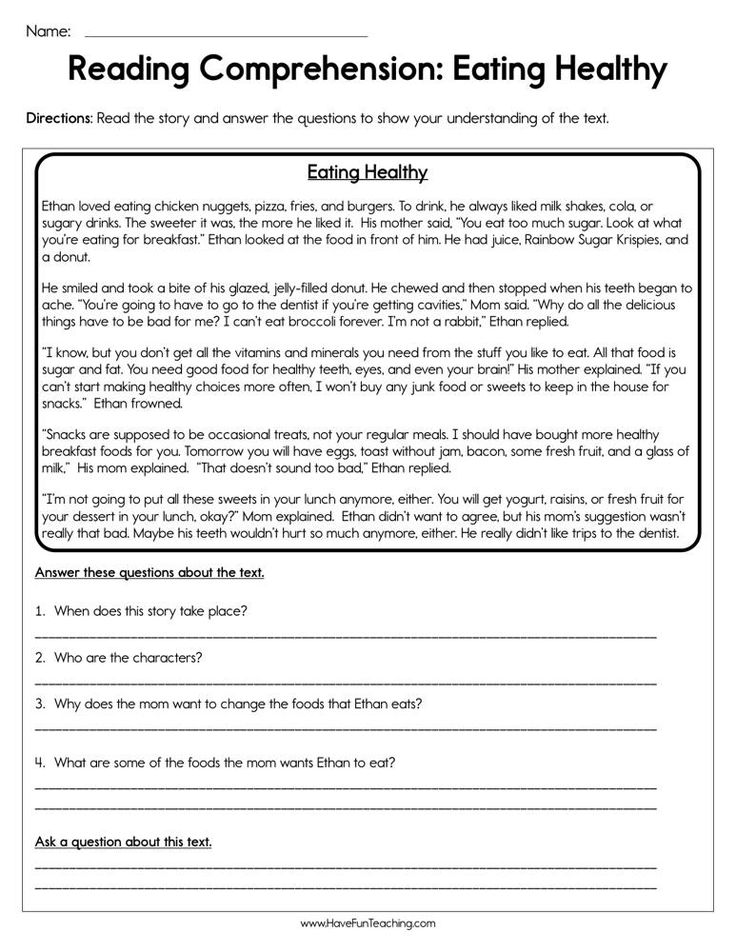
When you're ready to buy a camera, choose a lens for the style you want to shoot. With experience, you will realize that in most cases, the quality of photos is determined by the lens, and not by the "body" of the camera.
Paid
- Book: Scott Kelby's Digital Photography Boxed Set, Parts 1, 2, 3, 4, and 5 (Most of what I know comes from Scott Kelby's books).
- Book: Mastering Exposure in Digital Photography
#6. Meditate Photo by JD Mason on Unsplash
My definition: Learning to control the “quality” of the mind.
Many successful people in the world practice meditation daily. This is perhaps the best way to clear your mind.
Meditation helps you fall asleep faster, stress less, make better decisions, and more.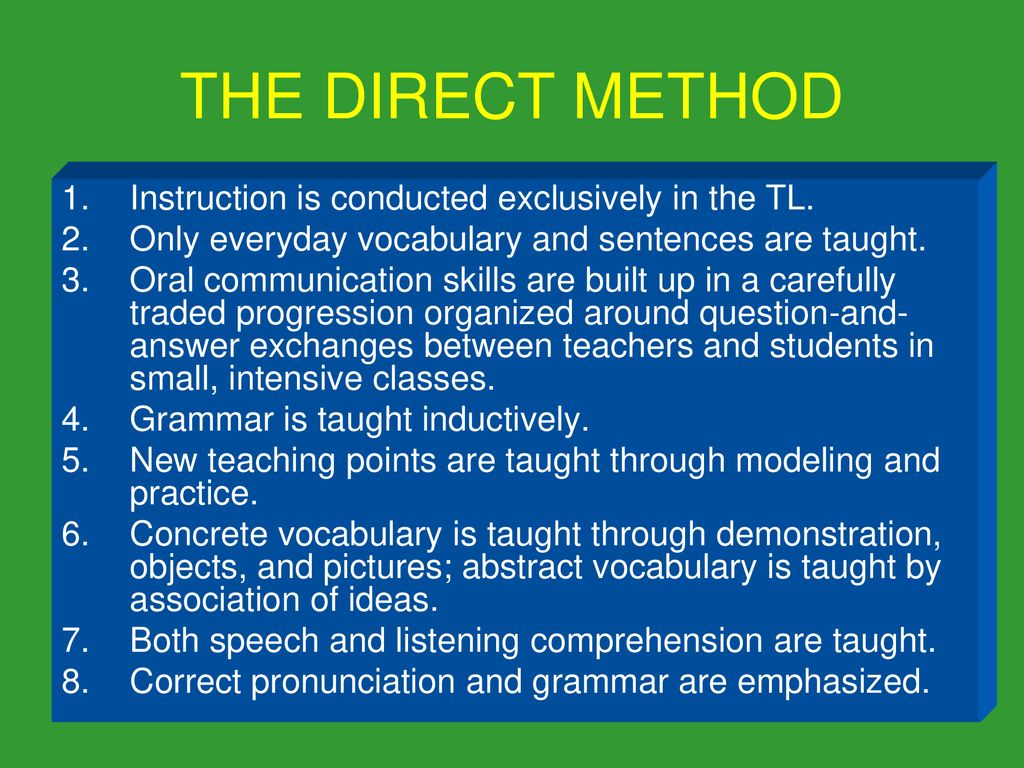
Subskills
- Understand the 7 basic types of meditation
- Breathing techniques
- Compassion and Love
- Awareness of your body
- Relaxation
- The ability to not judge
- Mantras (include many sub-skills)
- and much more!
My meditation story
I thought I would never learn to meditate.
My mistake was that I didn't see meditation as a skill that could be developed.
It seemed to me that meditation is when you don't think about anything. Therefore, as soon as a thought appeared in my head, I got upset.
I'm sure I'm not the only one who was so deluded. But this is fundamentally wrong.
In September I tried to meditate with a friend in Cambodia and failed miserably. It wasn't until 4 months later that I got up the courage to try meditation again. As soon as I got the right attitude and began to devote time to constant practice, it started to work.
How to learn to meditate?
I myself am new to this business, so I strongly advise you to start by meditating with an instructor. Links to resources that were useful to me, I will leave below.
Links to resources that were useful to me, I will leave below.
The benefit of guided meditation is that it teaches you not to get frustrated by the thoughts in your head and helps you move towards clearing your mind—which is what meditation is all about.
You learn to be aware of how your body and your mind feel. You learn to relax even in situations where it seems impossible.
Many people do not understand that meditation takes time to master. Don't quit after the first failed attempt. Meditate at least once a day for 10 minutes.
You will experience different emotions. For example, I really wanted to laugh when I was told to count my inhalations and exhalations. And sometimes frustration strikes. But whatever feelings you have, don't take them into your head. You can control it. And the more you practice, the easier it will be to do it.
And another important point: no one should distract you during meditation. I advise beginners to meditate in a quiet place. Some people advise sitting down to meditate, but I started lying down - otherwise I simply could not relax enough to concentrate on the process. My definition: Learn to use the Spanish language in its various forms.
Some people advise sitting down to meditate, but I started lying down - otherwise I simply could not relax enough to concentrate on the process. My definition: Learn to use the Spanish language in its various forms.
Did you know that Spanish is the 4th most spoken language in the world (after Mandarin, English and Hindustani)?
What's even more interesting is that for most Spanish speakers, Spanish is the second language in the world after Mandarin. In fact, according to these statistics, the universal world languages should be Mandarin and Spanish.
Spanish is an official language in 22 countries, so it makes sense to learn it.
Cunning
- Grammar
- Vocabulary (includes many submarines)
- Pronunciation
- Times of verbs (includes many submarines)
- Auditing
- Reading 9000
- Letter
My story about Spanish
I studied Spanish remotely. From this video it is clear that I learned especially well:
It is clear that this was of little use.
A few years later, I switched my phone to Spanish and started studying at Duolingo. I learned a lot. Literally 2 years later, I spoke Spanish at work. It pushed me to master tenses and learn a lot of technical terms.
Then I moved to Spain and spoke the language with my friends every day. I trained well. Three months later, I was already able to carry on a conversation quite well.
I now live in Colombia and speak Spanish every day.
How to learn this?
The best way to learn a language is to practice all of the above sub-skills in combination: listening, reading, writing and speaking. And by the way, about “talking”: many people are embarrassed to talk because they don't want to make a mistake, but that's when we learn.
- Switch your phone to Spanish. You know the phone interface by heart, so you can easily learn a dozen other words.
- Stick stickers with Spanish words on things around you. For example, stick "mesa" on the kitchen table.
- Daily 15-minute Duolingo lessons are a great way to expand your vocabulary and practice all 4 sub-skills. Spaced repetition principles are also built into the app's algorithm, so you'll be constantly refreshing what you've learned so far.
- To improve your speaking skills, talk to foreigners or take language courses. There are plenty of resources on the Internet for this (see below). The essence of this practice is that you are not afraid to make mistakes.
- Try to learn at least one new phrase every day, ideally from the list of most used phrases (see below).
Doing these five things, I started talking in just a couple of weeks. Of course, these were not the most intense conversations, but I practiced and every day I spoke better and better.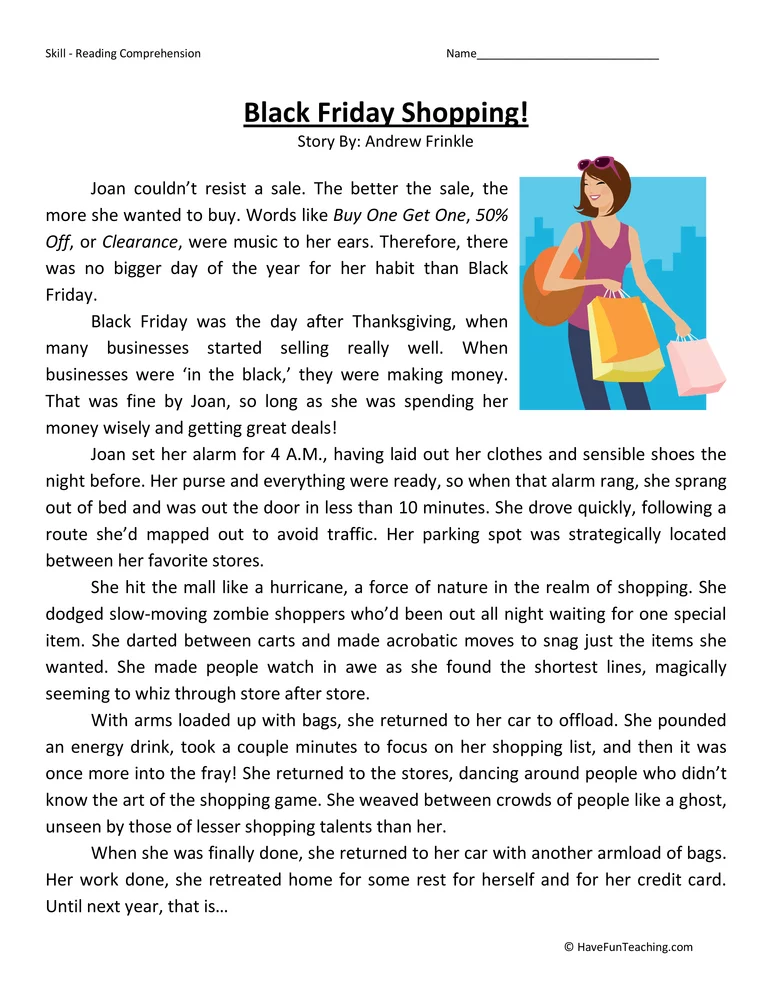
Pimsleur was recommended to me by many, but I haven't tried it (again, see below).
Resources
Free
- App: Duolingo
- Appendix: Memrise
- Article: Top 100 short phrases
- Video: 100 phrases to know (more complete list)
- Video: 100 phrases to know (fun list) 900 Language09 Website: freespanishtutorials.net: Website
- Exchange (I used to have great results)
Paid
- Course: Pimsleur for Castilian
- Course: Pimsleur for Latin American
- Spanish Schools
- Spanish Teachers
#4. Programming Photo by Dlanor S on Unsplash
My definition: Learn to write code to create software and hardware.
Programming is not in vain among the most popular skills. Many people want to learn how to create something from scratch, and programming provides such an opportunity. Programming is useful both in creating software and in developing computer equipment.
If you are not at all familiar with programming, this is the art of writing commands so that the “machine” does what we need. Without programming, there would be no computers.
Cunning (and each is laid out on many smaller submarines)
- Web Development
- BECED Development
- Development of Games
- Development of Appendices
- Robotics
- AD AD AD ANTIVED REALITY 9000 9,0009
- Scripting
- Programming languages
- and more!
Almost all of the above subsidies can be divided into such component:
- variables
- Cycles
- Functions
- Object-oriented programming (OOP)
- Universal modeling language (UML)
- Database Data (many dampers)
- and more!
My story about programming
For those who don't know me: I am a programmer by profession. Now I am developing video games.
Since childhood, I have been interested in programming - I started playing video games before I could walk. This is no surprise today, but back then it was rare.
When I got my first computer at the age of 13, I started developing video games in RPG Maker 1995. There was no programming involved, but I learned the concepts of logic and variables.
A few years later, I started using the BYOND (Build Your Own Dream) program and created the MMO game Final Fantasy Arena. Everything was written in code, which I did not really know then. The game became popular because people thought it was from the creators of Final Fantasy. Shortly after that, I was thrown out of the portal…damn.
You know the rest.
How to learn to program?
Programming can seem difficult at first. Many beginners give up quickly.
If you want to learn programming, you need to do it consciously. What do you want to create? Answer this question and everything will make sense.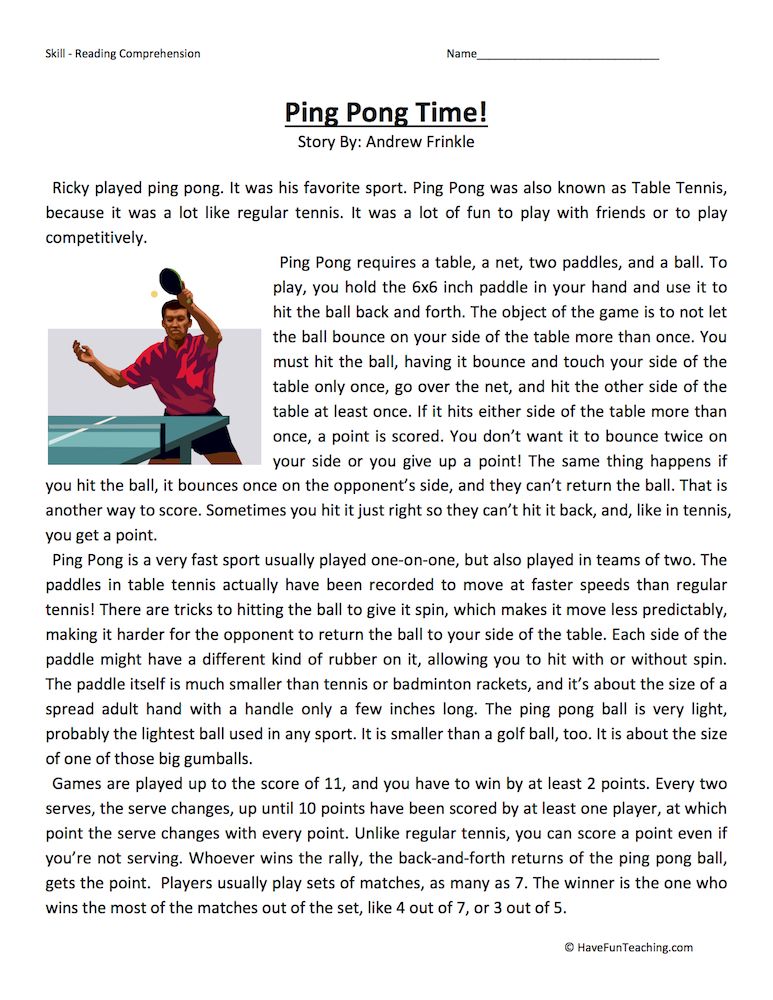 It will be difficult, but you will have strong motivation. When you create a working product, you will be so proud of yourself that your motivation will skyrocket.
It will be difficult, but you will have strong motivation. When you create a working product, you will be so proud of yourself that your motivation will skyrocket.
Take my story. If it wasn't for my passion for making games, I probably would have given up. Learning subskills and their components is very boring (and difficult). But when there is a dream, everything seems easier.
Just do what you want to do. Look for tutorials online and implement immediately. In the field of game development, the Unity tutorials (see below) are very helpful.
And to be honest, now is the best time to learn programming. You have access to so many cool resources - and it's completely free! But it's not even about resources, but about the fact that you can go to your goal and learn everything you need right along the way.
Resources
Free
- Website: Code Academy
- Website: Khan Academy
- Website: Free Code Camp
- Website: Unity Learn
- Article: 71 of the Best Places to Learn To Code For Free
- Website: StackOverflow )
Paid
- Site/Course: Lambda School
#3.
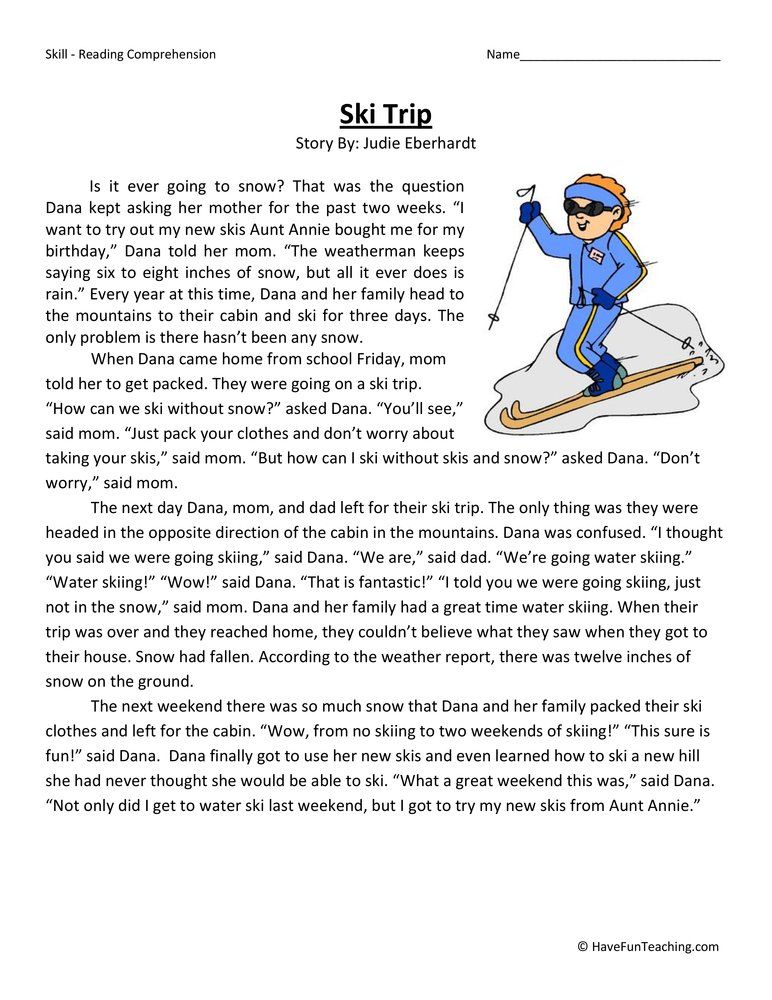 Performing in front of an audience Photo by Clem Onojeghuo on Unsplash
Performing in front of an audience Photo by Clem Onojeghuo on Unsplash My definition: Learning how to perform in front of a crowd of people with ease.p
Public speaking involves a lot of skills! No wonder so many people struggle with public speaking! To some extent, this requires an ideal command of speech.
In addition, public speaking is associated with many fears: for example, fear of crowds or fear of failure.
Subskills:
- Pitch
- Tone
- Loudness
- Vocabulary
- Clarity
- Intros
- Conclusions
- Storytelling
- Pace of speech
- Self-presentation
- Body language
- Interaction with the audience
- Creating visual support
- Managing fears and nerves and more!
My public speaking story
I am an introvert and have never been eager to speak in public. At school, in an attempt to get rid of my shyness, I pretended to be confident in myself - and it worked!
In fact, I still use this technique. When I have to speak in front of a large audience, I pretend to be Tony Robbins.
When I have to speak in front of a large audience, I pretend to be Tony Robbins.
Really, is there anyone more relaxed in front of a large audience than Tony Robbins?
Before I started writing, I took two courses: storytelling and public speaking. Then I did not suspect that both skills would be useful to me when writing texts.
How to learn to speak in front of an audience?
Take every opportunity to speak to a group of people.
First, speak to your loved ones: family members and friends. Talk about what you are very passionate about. When you talk about your favorite things in the circle of your favorite people, fears will not get to you.
Accept that your first story will not be perfect. Notice people's non-verbal reactions. Watch how the level of interest changes from offer to offer.
Public speaking is all about constantly improving your stories.
My definition: Find out how learning happens in our brain.
Many people think they know how to learn, and most of them are wrong. We have never been taught how to study properly, and as a result, mastering some complex skills is given to us with great difficulty.
Before I started using the SkillUp method, I was terribly disorganized and had no motivation to learn new things. I always felt like I was moving slower than I should. But I did not give up - and soon learned that there are ways to learn faster and better.
Supplies
- Squeezed
- Know what to study further
- , when you know
- , increase curiosity
- time and the frequency of exercises - to increase memorization
- How to use habits in your interests
- memorization techniques (includes memorization (includes many sub-skills)
- Fighting procrastination
- Visualization techniques (includes many sub-skills)
- Spaced repetition
- Principles of testing
- Understanding how it all manifests itself in the brain
- and much more!
My story about how to learn to learn
When I first started learning to learn, I had no idea where I was going.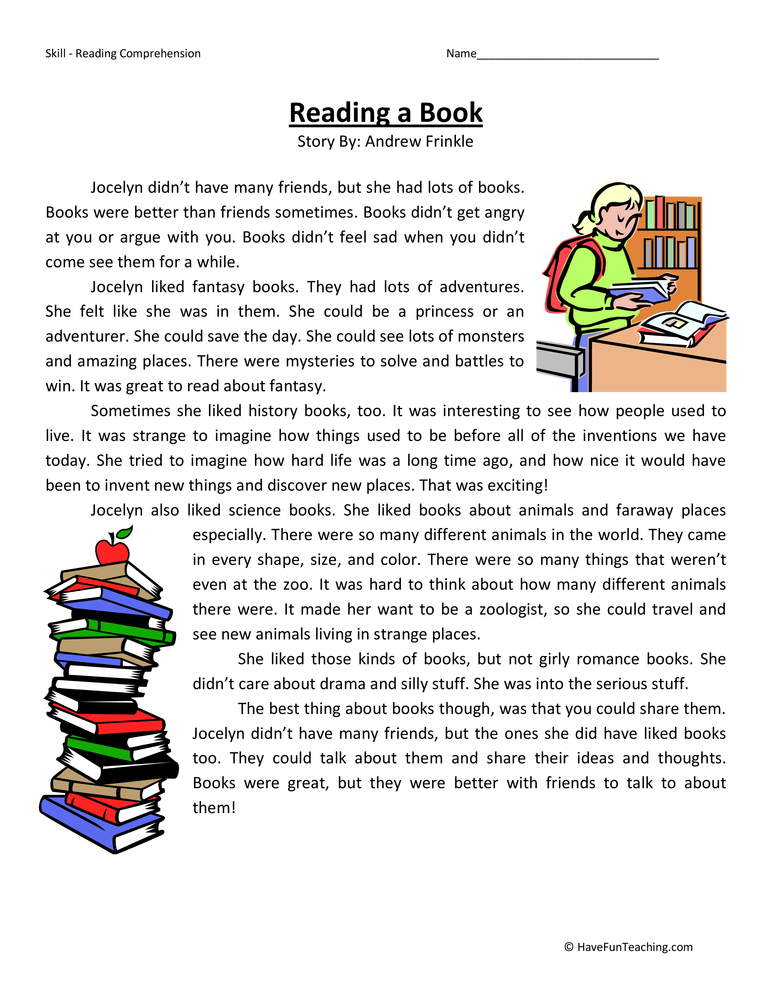 Over time, I realized how important it is to know the principles of how the brain works. Today I can learn something new much easier than before.
Over time, I realized how important it is to know the principles of how the brain works. Today I can learn something new much easier than before.
It may seem like it takes me 100% of my time to learn a new skill, but in reality I only practice 30 minutes every day. Usually 15 hours of deliberate practice is enough for me to master the necessary skill and feel quite confident in it
How to learn it?
It would take a whole book to teach you how to learn. To fit into the format of the article, I will give you a link to one of my stories. There, I detailed the key aspects of learning to learn:
The 3 Most Important Skills to Learn Now to Thrive in 2019
First 8 hours:
Watch 30 minutes of the Learn to Learn course at 2x speed - that's enough for you for 16 days.
Resources
Free
- Article: The 30-Second Habit
- Article: The 5-Hour Rule
- Course: Learning to Learn
Paid
- Book: How We LEARN
#.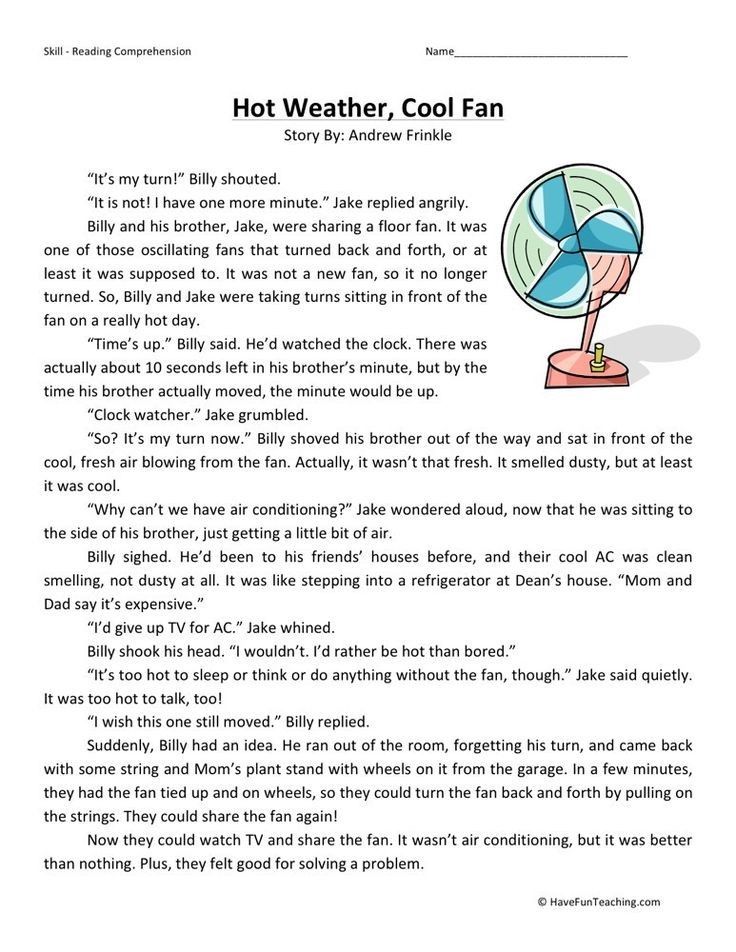 Write Photographed by Nick Morrison on Unsplash
Write Photographed by Nick Morrison on Unsplash My definition: Learning how to put ideas into text.
For centuries, writing has been one of the most important skills. It is believed that this is the most effective way to transfer ideas from person to person.
Transmitting your thoughts through text is not as easy as it seems. The thing is that “on paper” there is no context (which complements and reveals our thoughts in the physical world). The author must be able to convey not only the idea, but also the accompanying details. Is the character sad, happy, or angry? It takes years of practice to learn how to convey all this in the text clearly and concisely.
Subskills
- Grammar
- Vocabulary
- Conciseness
- Organization (how to structure ideas intelligibly)
- Formatting
- Drawing up headlines
- Using illustrations for the best transmission of ideas
- Storitelling
- Reading (yes)
- Notes
- Fiction (many submarines are included)
- Documentary literature (many submarines are included)
- blog
- Novels
- Emails
- and more!
My writing story
I never intended to write.
 If you had asked me a year ago what I thought about writing, I would have said: “This is not for me.” I am a computer programmer. I only write code and I love it.
If you had asked me a year ago what I thought about writing, I would have said: “This is not for me.” I am a computer programmer. I only write code and I love it. But then, in January 2018, I decided that it was time to improve my writing skills - after all, this is such a powerful way to communicate both in life and in business.
I started writing, and literally on the fifth day I was published on The Startup. After another 23 days, I hit the top 7 categories. I got a bunch of comments from readers and started to enjoy the process.
I was going to pee for 30 days and stop this practice, but things went so well that I decided to continue. And now it's been 12 months since my first publication on Medium, and I'm writing this article.
How to learn to write?
As with any other skill, we learn through action. But here's my advice: write publicly.
Learning is more effective when people see your work. This encourages you to dig deeper and try harder.
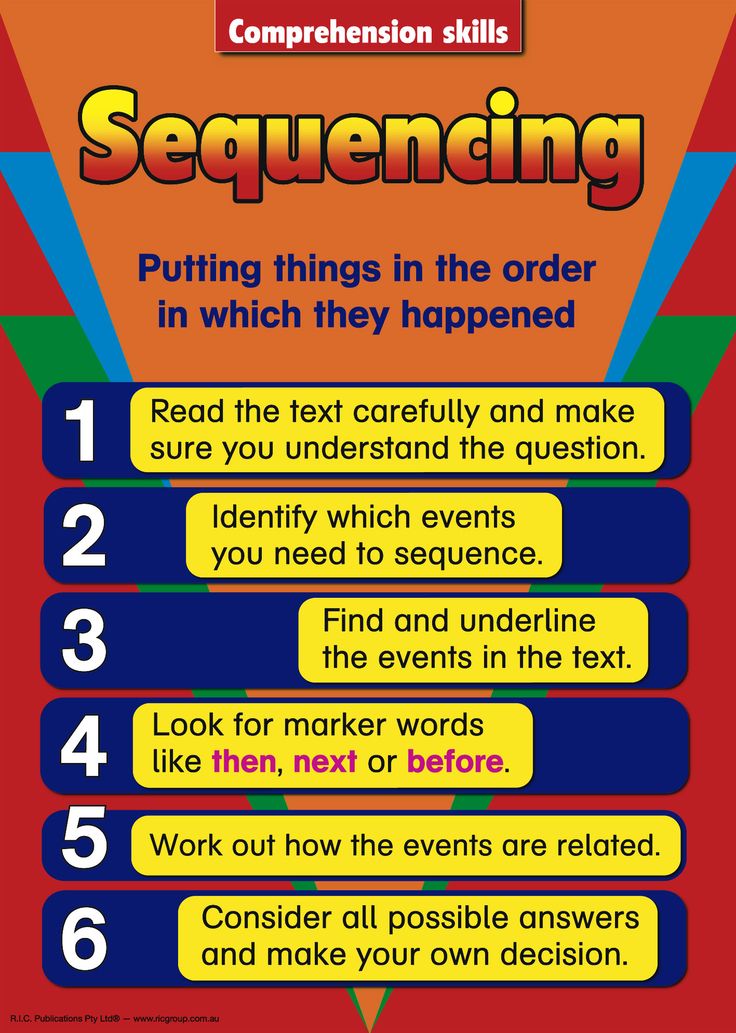 There is responsibility. You get feedback from readers and improve your skills.
There is responsibility. You get feedback from readers and improve your skills. Create a blog and post regularly. Publish posts at least once a day, even if you are unhappy with the result. You don't force anyone to read.
First 8 hours:
Write 300 words a day for 30-45 minutes a day for 12-16 days. Publish what you have written.
Resources
Free
- Article: The Ultimate Regurgitation of Epic Info About Writing on Medium.com
- Tool: Headline Ninja
Paid
- Course: 30 Expert Medium Writing Tips Course, Ebook, Audiobook, and Bonus Video Lectures
A lot of what I know about blogging on Medium I learned from these cool authors:
Dave Schools and Anthony Moore.
More to read about developing skillsIn the book, the author offers a pragmatic view of what people in the age of machines need to do in order to be indispensable.
Resilient for the future | 9 rules for people in the age of machines. Read more → An interesting study of the secrets of people and companies successfully coping with technological change, as well as a set of tips on what to look for when developing skills.
An interesting study of the secrets of people and companies successfully coping with technological change, as well as a set of tips on what to look for when developing skills.
ConclusionI hope this article will help you master the skills that are popular in 2019. Any of these skills can be turned into a profession, but they are useful in related fields. In addition, the learning process itself is very exciting if you have the right mindset.
Below I have put together some universal tips that will help you in mastering any of the skills. Start learning each skill by mastering the sub-skill that you find most useful. Use resources from the list or find them yourself.
I also want to emphasize that learning new skills does not have to be boring and time-consuming. And you will be surprised how much you can learn in literally 15-20 hours of conscious practice!
Here I am dancing salsa after 18 hours of practice:
Learning all these skills has completely changed my life. I am no longer shy. I became more open and interesting. I communicate on a deeper level. I earn more. I became healthier and happier.
And I wish you the same. So start your journey now. Be who you want to be. It all starts with learning one simple skill. Welcome to our club!
You will definitely succeed!
Appendix A: 14 Universal Tips for Mastering Most Skills- When watching a video, take advantage of the rewind: you can go back or skip an uninteresting part. Skip through the introductions and conclusions if you like. Skip off-topic content.
- If your teacher is unclear, find another teacher. Nothing personal. This is your time and your money.

- Don't forget to adjust the playback speed and use subtitles.
- Never forget the Pareto principle (the 80/20 rule).
- Always break down skills into smaller sub-skills.
- Always keep track of your progress and save the resources you used for learning - this will come in handy in the future.
- Keep notes of what you have learned and what you have done.
- Be consistent. Practice a little every day.
- Diversify your practice. Don't do the same exercise over and over again.
- Use spaced repetition techniques. In a sense, do not repeat randomly - systematize.
- Practice as much as possible with the other person. First, it increases responsibility. Secondly, learning benefits both of you.
- Share your success with others or online. This also adds responsibility, plus this is how we strive for great results.
- The most effective learning is with the help of a mentor. Find someone who is willing to teach you one on one.



